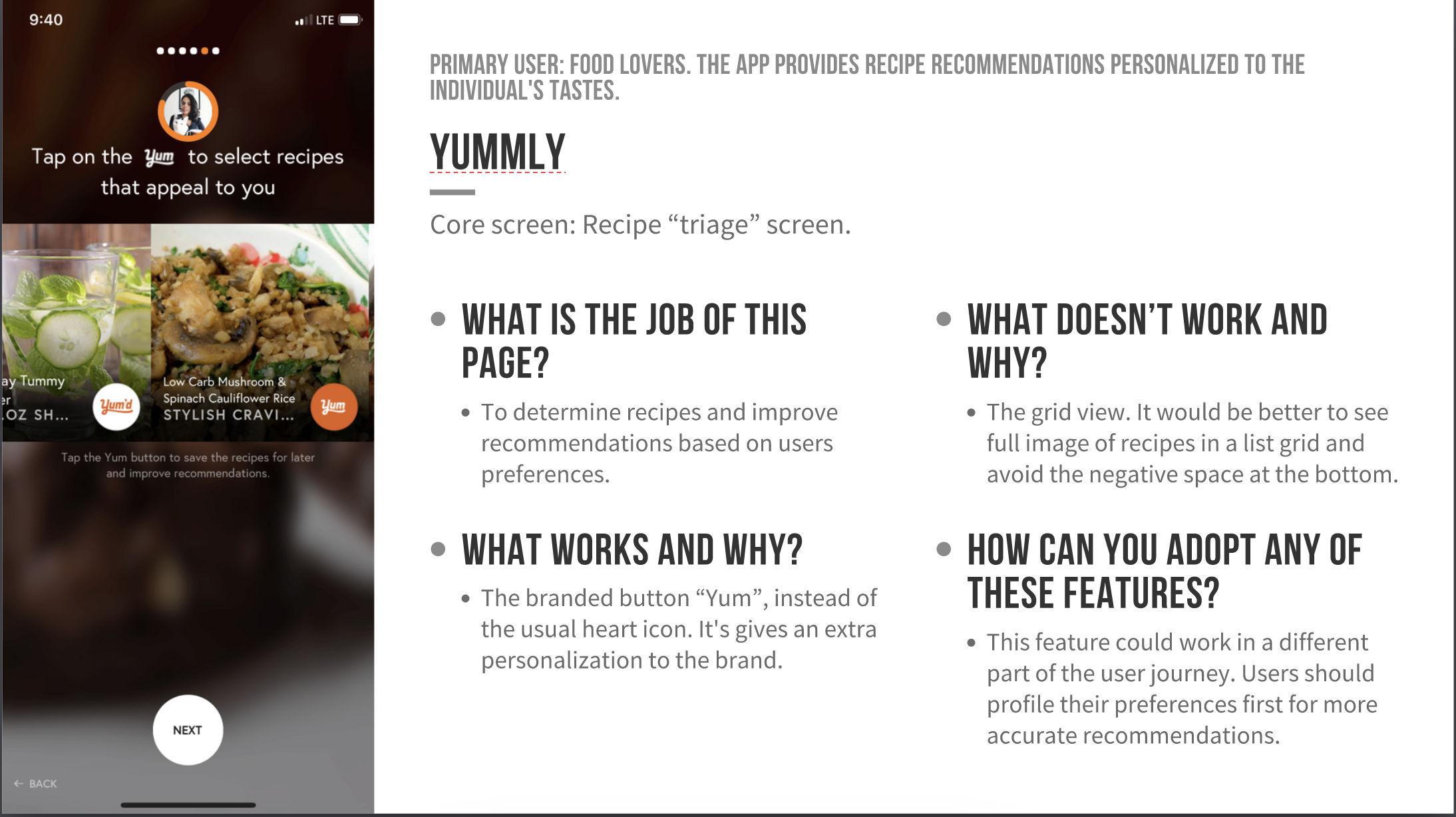
It is possible to eat a heart healthy vegetarian diet and avoid foods that can cause damage to your heart. Here are some suggestions to help you live a vegetarian life. While eating out can be stressful, you can make smarter choices to ensure your health. You should order stir-fried vegetables and pasta with tomato sauce. Baked potatoes without butter is also a good option. Dressings that contain mayonnaise should be avoided. If you must use dressings, make sure you get them on the side or ask for them on the side. Monounsaturated fats, which are good for your heart, are better than saturated fats that come from animal products.
Book review
Cheryl Strachan is a registered dietitian and blogger from Sweet Spot Nutrition. She wrote "Heart-Healthy Vegan Diet". Her goal is to improve people's overall health and well-being through promoting balanced eating. She highlights recipes from the Mediterranean, vegetarian, and DASH diets in the book. This book contains recipes as well as nutritional information for all the dishes.
Evidence for heart-healthy vegetarian diet
A new study suggests that eating a heart-healthy vegetarian diet could help prevent heart disease. This study investigated the link between plant-based diets, high cholesterol, and the development cardiovascular disease in those with high blood pressure. The findings were published in the Journal of the American College of Cardiology. Researchers analysed data from three previous studies, in which subjects were asked to provide information about their diets. Participants also provided information about health, including risk factors for developing heart disease.

Although the results were mixed they were still very consistent, even after accounting all dietary differences. The studies included Adventist Health Study 1 (Adventist Health Study 2), and Nurses’ Health Study. They were also controlled for BMI and education. Additionally, there was little to no confusion between alcohol consumption and BMI.
Recipes
Vegetarians can have a heart-healthy diet, which can include plant-based foods that provide protein. Red lentil-rice cake is one example. These are crispy on the outside but soft inside. These delicious cakes are nutritious. You can make them with leftover basmati. These are also great with mixed greens.
You can also make a vegan carbonara, which is traditionally bathed in eggs. This vegan version substitutes eggs with roasted butternut and pureed squash. A cauliflower curry is another recipe that can be made vegan. A side dish with cauliflower, red lentils, curry powder and curry powder gives this dish a little spice. Vegetarians can add more dressing and serve the dish with grilled vegetable.
Shopping list
It is more than just about eating less animal products and more plants to be a heart-healthy vegetarian. It involves eating whole foods, and less processed foods. These foods have more nutrients and lower amounts of saturated fat and cholesterol. These foods are also more affordable to purchase. By using spices and herbs, you can cut down on salt.

A vegetarian grocery list can help you plan meals, as well as stocking the fridge with the necessary plant-based ingredients. Vegetarian diets are those that rely solely on plant-based food, such as fruits, vegetables, grains and nuts, seeds, legumes, and legumes. A lacto-vegetarian diet does not include meat, eggs, poultry, or dairy products.
Resources
People with high cholesterol levels may want to consider a heart healthy vegetarian diet. Particularly soy products have been shown to lower cholesterol. You should always follow your doctor's advice before you start a vegetarian or vegan diet. High-fat foods such as dairy are best avoided, as they contain cholesterol. You can instead use alternative milks.
Vegetarians should replace animal protein with lean vegetable sources. Aside from that, they should restrict their intake to just a few ounces per day. It is also important to watch the amount of iron they consume. Fortified vegan foods, dark leafy vegetables, nuts, and legumes are all great sources of iron. If you are anemic or have low iron levels, you should talk to your health care provider about taking an iron supplement. You should also choose fresh fruits over dried or juiced versions.
FAQ
Why do we need to have a healthy lifestyle?
A healthy lifestyle will help us live longer and happier lives. Regular exercise, healthy eating habits, healthy sleep habits and stress management can all help prevent strokes, heart disease, diabetes, and cancer.
A healthy lifestyle can also help improve mental health and make it easier to deal with everyday stressors. A healthy lifestyle can also help you feel and look younger.
Does being cold give you a weak immune system?
There are two types: those who love winter, and those who don't. But, regardless of whether you love or loathe winter, you might be wondering why it makes you miserable.
The truth is that our bodies are built to function in warm temperatures. We evolved to thrive in hot environments because of the abundance of food resources.
We live in a very different environment than our ancestors. We spend more time indoors and are often exposed to extreme temperatures (cold or heat) and eat processed foods rather than fresh.
Our bodies aren’t accustomed to extreme temperatures anymore. It means that when we do go outdoors, our bodies feel tired, sluggish even sick.
There are some ways to reduce these side effects. Staying hydrated is one way to combat this. Water is essential for your body to function properly and eliminate toxins.
You must also ensure that you are eating healthy foods. Your body will stay at its best when you eat healthy foods. This is especially true for those who spend extended periods of time indoors.
Finally, consider taking a few minutes each morning to meditate. Meditation can help you relax your mind, body and soul. This makes it easier to manage stress and illnesses.
How often should I exercise
For a healthy lifestyle, exercise is vital. You don't have to exercise for a certain amount of time. It is important to find something you enjoy, and then stick with it.
If you exercise three times a week then aim for 20-30 mins of moderate intensity. Moderate intensity means that you will still be working hard even after your workout is over. This type workout burns about 300 calories.
For those who prefer to walk, you can go for 10-minute walks four times a week. Walking is low in impact and easy for your joints.
Jogging for 15 minutes three days a week is a good option if you prefer to run. Running is an excellent way to lose weight and tone your muscles.
Start slowly if you aren't used to doing exercise. You can start with only 5 minutes per week of cardio. Gradually increase your cardio duration until reaching your goal.
What is the problem in BMI?
BMI is the acronym for Body Mass Index. It measures body fat based upon height and weight. Here is how to calculate BMI using the following formula.
Weight in kilograms divided with height in meters.
The result can be expressed in a number between 0 to 25. A score of 18.5 or higher indicates overweight, while a score of 23 or higher indicates obesity.
A person who is 100kg and 1.75m tall will have a 22 BMI.
Statistics
- WHO recommends reducing saturated fats to less than 10% of total energy intake; reducing trans-fats to less than 1% of total energy intake; and replacing both saturated fats and trans-fats to unsaturated fats. (who.int)
- WHO recommends consuming less than 5% of total energy intake for additional health benefits. (who.int)
- The Dietary Guidelines for Americans recommend keeping added sugar intake below 10% of your daily calorie intake, while the World Health Organization recommends slashing added sugars to 5% or less of your daily calories for optimal health (59Trusted (healthline.com)
- Extra virgin olive oil may benefit heart health, as people who consume it have a lower risk for dying from heart attacks and strokes according to some evidence (57Trusted Source (healthline.com)
External Links
How To
What does the term "vitamins" mean?
Vitamins are organic compounds found naturally in food. Vitamins allow us to absorb nutrients from food. The body cannot make vitamins; therefore, they must be obtained from food.
There are two types: water-soluble and fat-soluble vitamins. Water-soluble vitamins dissolve readily in water. Vitamin C,B1(thiamine), B2 (2riboflavin), and B3 (3niacin), as well as vitamin C,B1, B2 (riboflavin), and B3 (niacin), vitamin B6 (pyridoxine), vitamin folic acid (biotin), pantothenic, and choline are examples. The liver and fatty tissue are the main storage places for fat-soluble vitamins. You can find vitamin D, E K, A and beta carotene as examples.
Vitamins can be classified according to biological activity. There are eight major groups of vitamins:
-
A - vital for normal growth and maintaining good health.
-
C is important for nerve function and energy production.
-
D - Vital for healthy bones and teeth
-
E - required for good vision & reproduction.
-
K – Required for healthy muscles & nerves.
-
P - essential for strong bones, teeth and tendons
-
Q - Aids in digestion and absorption.
-
R – Required for making red blood vessels.
The recommended daily allowance (RDA), for vitamins, varies based on gender, age, and physical condition. The U.S. Food and Drug Administration (FDA) sets the RDA values.
For example, the RDA for vitamin A is 400 micrograms per dayfor adults 19 years or older. Because it is essential for the development of the fetus, pregnant women should consume 600 micrograms per days. Children ages 1-8 require 900 micrograms per day. For infants younger than one year, 700 micrograms are required daily. However, this number drops to 500 micrograms each day for children aged 9-12 months.
Children ages 1-18years who are obese need 800 micrograms per day while those who are overweight need 1000 micrograms per day and children who are underweight need 1200 micrograms per day to meet their nutritional needs.
Children aged 4-8 who have anemia are required to consume 2200 micrograms of Vitamin C daily.
2000 micrograms are required daily for good health in adults over 50. Women who are pregnant or breastfeeding need 3000 micrograms per day due to increased nutrient requirements.
Adults over 70 require 1500 micrograms each day, since they lose approximately 10% of muscle mass each decade.
Women who are pregnant, nursing or breastfeeding need more than the RDA. Pregnant woman need 4000 micrograms daily in pregnancy and 2500 per day after childbirth. Breastfeeding mothers need 5000 mg per day when breastmilk is being produced.